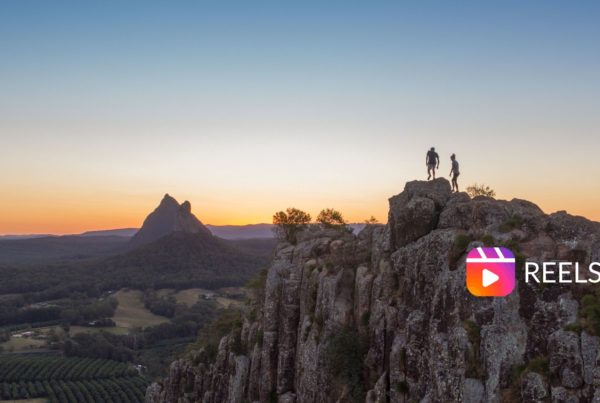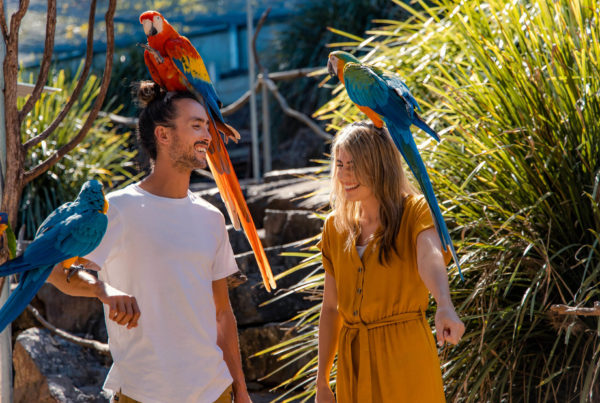Still and moving imagery are vital brand assets that form a visual representation of your product. As such, it’s crucial to produce and share quality and compelling imagery so your product has the best chance for inclusion across third party platforms, including social media, website, advertising, and publicity initiatives. A great image can make the difference as to whether a trade partner is interested in working with you or if your product or story is published.
- Ensure your images are high resolution
If you are sharing your images with external providers, such as media and trade, ensure they are a minimum of 300 dpi and around 1MB in size.
- Use the correct file type based on how and where the image will be used
e.g. RAW, PNG, TIFF, JPEG etc
- Showcase the consumer experience
Capture real people genuinely immersing themselves in your experience. Use images that invite your customer to come and experience your product, for real!
- Showcase the best attributes of your product
To ensure your imagery stands out from a ‘sea of sameness’ of destination promotional imagery, capture the unique characteristics of your product or experience.
Maximise the location
The Sunshine Coast’s nature-rich landscape, alongside our warm and approachable locals helps to create a ‘uniquely Sunshine Coast’ feel. Capture this within your photography to maximise the location.
- Take hero photos in landscape format
To maximise visual detail and use across multiple platforms, shoot your hero imagery in landscape format with plenty of negative space. Resizing a landscape image tends to be easier than resizing a portrait image. Also, use images that are true to size (i.e. don’t stretch them!)
- Avoid using out of date imagery
Use imagery that feels modern and reflective of the current times. Consider fashionability and timeless style when it comes to clothing, hairstyling, and props. Using contemporary images that compels your customer to find out more and/or book!
- Caption your images
To help explain the content and context of your images, ensure you include the names of locations, people and product as well as copyright issues or photo credits in your images. If your images feature people in them (Talent), ensure you have signed Talent release forms.
- Remove watermarks from your imagery
Third parties will not publish images with branding or watermarks to their platforms. When sharing your imagery, include mandatory credits in the image caption.
- Make your images easy to access
Pop your images into a dropbox, google drive or other online folder with an accessible link you can share with third parties (like VSC!)
Insert example imagery
Maleny Botanic Gardens & Bird World
What works:
- High resolution
- Landscape format
- Shows the customer experience
- Shows the best attributes of the product
- Is contemporary
In a perfect world, it would also have:
- More negative space around the image
- It could better maximise the location (provide identifiable Sunshine Coast landmarks)




